Best Practices for Securely Disposing of Customer PII
Safeguarding your customers' Personally Identifiable Information (PII) is paramount.
While implementing robust security measures is essential, it's equally important to ensure that PII is disposed of securely when no longer needed.
Improper disposal can lead to data breaches, legal repercussions, and loss of customer trust. As a small business owner or manager, understanding best practices for securely disposing of customer PII is crucial.
Understanding PII and Its Risks
PII includes any information that can be used to identify an individual, such as names, addresses, Social Security numbers, and financial details. If this data falls into the wrong hands, it can result in identity theft, financial fraud, and other malicious activities.
Therefore, when PII is no longer necessary for business operations or legal obligations, it should be disposed of securely to prevent unauthorized access.
Best Practices for Secure Disposal of PII
Develop a Data Retention and Disposal Policy. Establish a clear policy outlining how long PII should be retained and the methods for its secure disposal. This policy ensures consistency and compliance with legal requirements.
Physical Document Shredding. For paper records containing PII, use cross-cut shredders that produce particles that are 1 mm x 5 mm in size (or smaller) to render the information unreadable. This method is recommended by the National Institute of Standards and Technology (NIST). fsapartners.ed.gov
Digital Data Sanitization. Simply deleting files or formatting disks does not permanently remove data. Utilize data sanitization methods such as overwriting, degaussing, or physical destruction to ensure that digital PII is irretrievable. NIST guidelines recommend overwriting media by using organizationally approved and tested overwriting technologies, methods, and tools. fsapartners.ed.gov
Secure Disposal of Electronic Devices. Before disposing of or recycling electronic devices like computers, smartphones, or external drives, ensure all PII is permanently removed. This may involve using specialized software tools or engaging professional services that adhere to industry standards for data destruction.
Employee Training. Educate your staff on the importance of secure data disposal and the specific procedures they must follow. Regular training sessions can help prevent accidental data leaks and reinforce the significance of protecting customer information.
Maintain Disposal Records. Keep detailed records of when and how PII is disposed of. This documentation can be vital for compliance audits and demonstrates your commitment to data protection.
Legal and Ethical Considerations
Various regulations, such as the General Data Protection Regulation (GDPR) and the California Consumer Privacy Act (CCPA), mandate the secure disposal of PII. Non-compliance can result in substantial fines and legal action. Beyond legal obligations, securely disposing of customer PII is an ethical responsibility that fosters trust and loyalty among your clientele.
Conclusion
Securely disposing of customer PII is a critical aspect of data management for small businesses. By implementing these best practices, you can protect your customers' sensitive information, comply with legal requirements, and uphold your business's reputation. Remember, data protection doesn't end with storage; it extends to the final stage of the information life-cycle: secure disposal.
R
